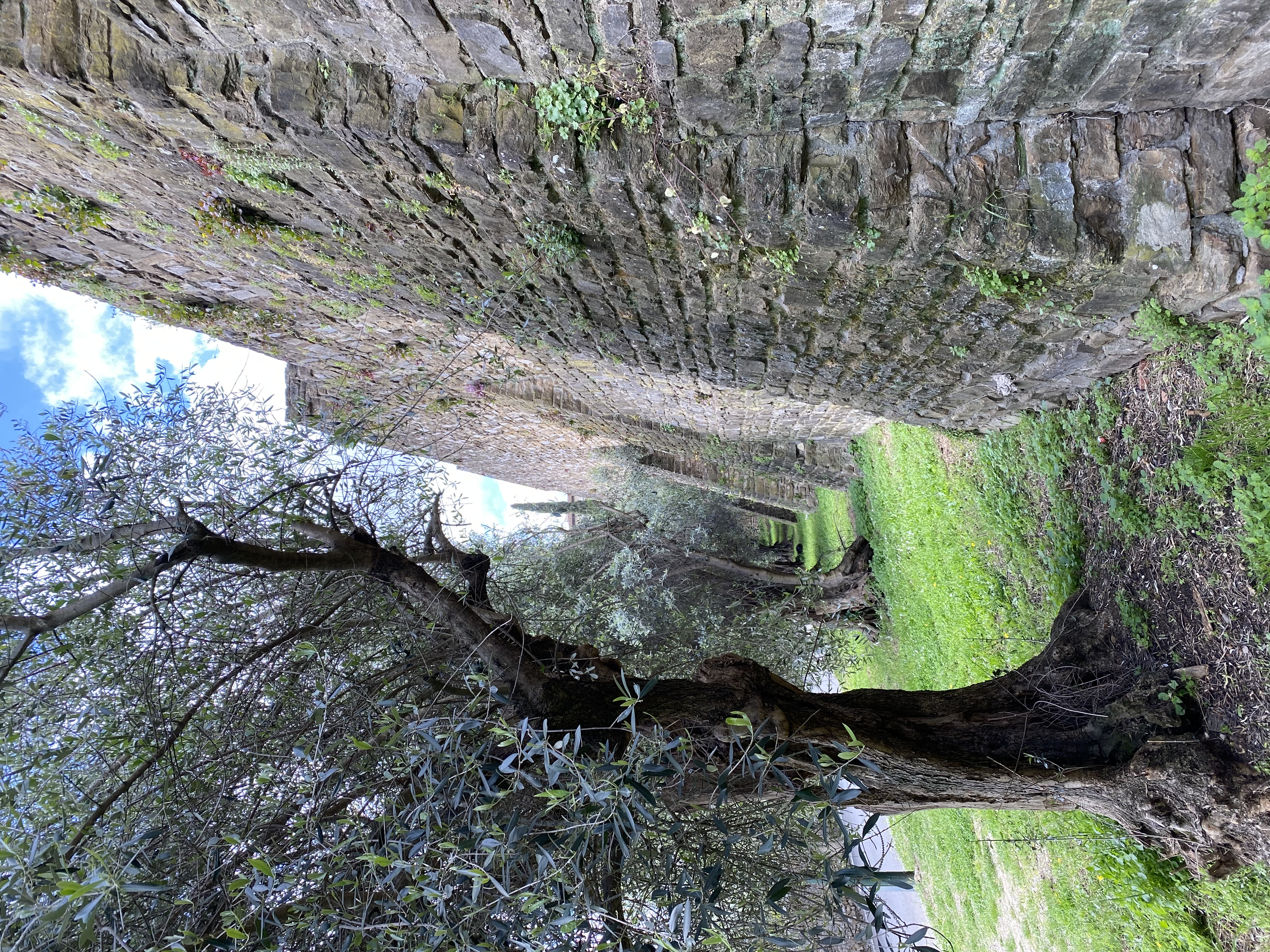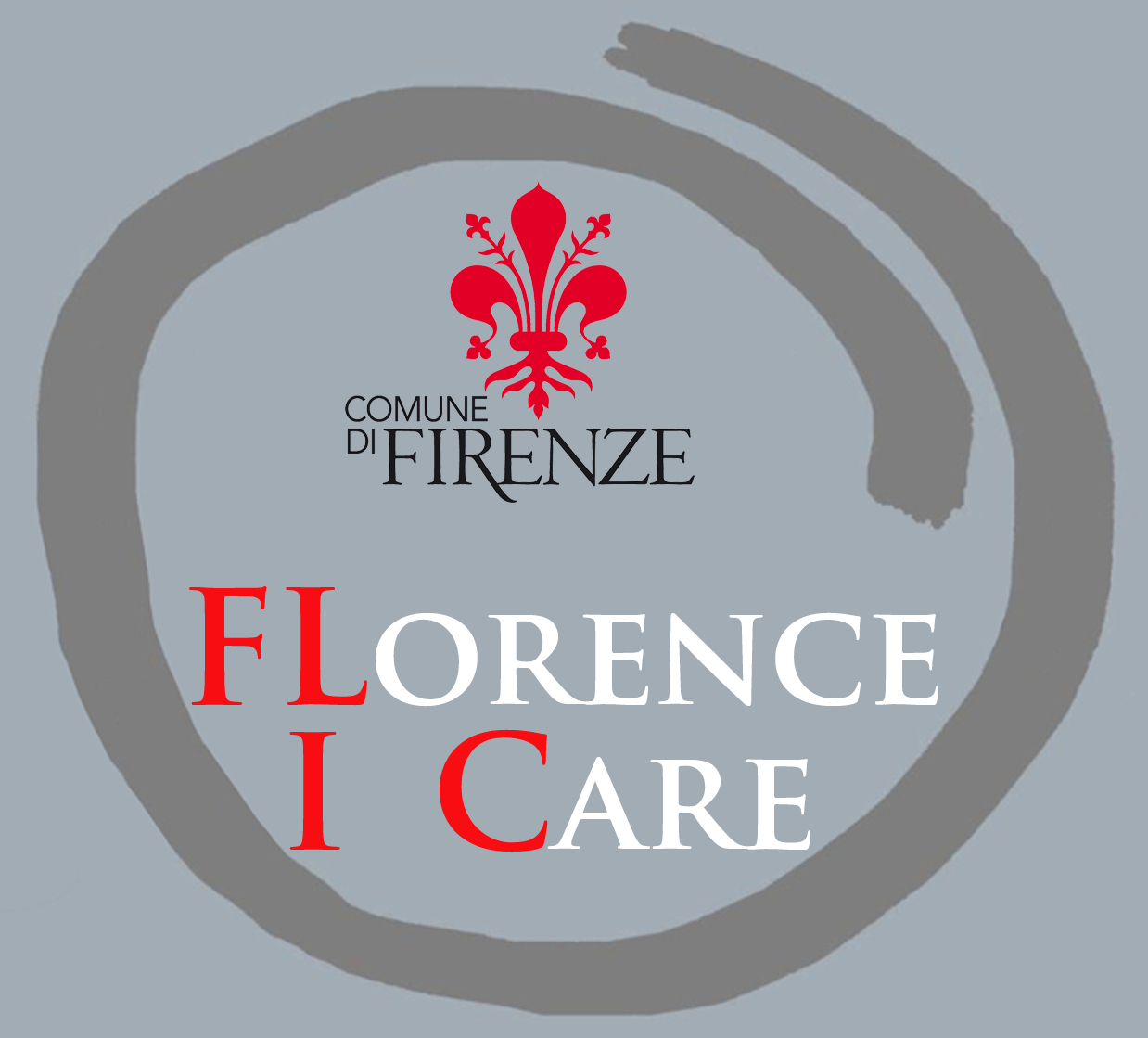Baluardo della Ginevra - Mura di San Giorgio -The Bulwark of Ginevra - San Giorgio's Walls
interventi di restauro

Le città come i sogni sono costruite di desideri e di paure.
Italo Calvino
Il tratto di mura si trova nel quartiere di San Niccolò, fa parte del tracciato di mura che corre nella parte collinare e che è ha conservato le torri e i merli, e dà un'idea di quale fosse l'aspetto delle mura cittadine un tempo.
In particolare è l'ultimo tratto di mura che comprende il baluardo a San Giorgio, chiamato anche il baluardo della Ginevra, dalla presenza nelle vicinanze di una sorgente detta della Ginevra e arriva fino al Forte Belvedere. All'interno
del baluardo ritroviamo il tracciato delle mura e la torre che consentiva il passaggio fra il baluardo e l’interno delle mura, attualmente il Giardino Bardini.
The stretch of wall located in the district of San Niccolò, is part of the wall layout that runs on the hilly area of the city.It has preserved the original towers and merlons, giving us the idea of how the city walls
looked in the past.The bulwark of Ginevra, that takes its name from a nearby water source named della Ginevra, is the last stretch of walls that includes the bulwark of San Giorgio and reaches up to Forte
Belvedere.Inside the bulwark today we find the Bardini Garden with the trace of the ancient walls and the tower which served as a passage between the bulwark and the old walls.
Valore del’intervento/Value of intervention: € 450.000,00.
Durata dei lavori/Duration of works: 240 giorni
Tipologia Intervento: gli interventi previsti consistono in operazioni di revisione accurata, pulitura, consolidamento del paramento in bozzato in pietra, stilatura dei giunti di malta, revisione delle parti sommitali delle murature e
delle cimase.
Intervention Typology: the intervention plan consists in operations of accurate revision, cleaning, consolidation of the rough stone facing, sealing the joints with mortar, review of the top parts of the masonry and
of the copings.
Attrattività/Attractiveness: elevata/high level .
Notizie storico-artistiche: le fortificazioni in Oltrarno secondo alcune fonti erano presenti già nel 1078. Tuttavia è a partire dal 1258-59, in un momento di grave tensione politica con le vicine Pisa e Siena, che si hanno notizie
riguardo alla costruzione delle fortificazioni. La cinta "arnolfiana" del 1284-1333 abbracciò uno spazio enorme, includendo definitivamente entro il suo perimetro l'intero colle di San Giorgio e molte chiese fino ad allora extra-
alle fortificazioni furono realizzate su progetto di Michelangelo e interessarono tutto il tratto compreso fra Porta San Miniato e Porta San Giorgio, con la creazione del bastione detto "della Ginevra", del bastione San Giorgio e del
"Cavaliere del Malatesta". Le mura d'Oltrarno e i terreni ad esse adiacenti, fino alla seconda metà dell’Ottocento, non subirono più grossi interventi ma solo modificazioni. La cinta muraria trecentesca con le sue porte e le sue torri,
d’Italia. Nell'ambito dell'attuazione del Piano del Poggi, questa area non fu interessata da importanti demolizioni come invece era successo per la cinta muraria oltre la riva destra dell'Arno. In Oltrarno pertanto la cinta muraria, con le
sue porte e torri e baluardi rimase pressocchè integra.
Historical and artistic information:according to some sources we know that the fortifications in Oltrarno already existed in 1078. However there are official reports regarding the construction of the fortifications
only from 1258-59, a period afflicted by serious political tension with the nearby cities of Pisa and Siena. The walls designed by Arnolfo di Cambio, built between 1284 and 1333, included a very large area, the
entire hill of San Giorgio and many churches, extra moenia until that moment. Starting from 1528 the modifications to the fortifications were implemented on a project by Michelangelo and they included the entire
stretch between Porta San Marco and Porta San Giorgio with the rising up of the Bulwarks of Ginevra, San Giorgio and the Malatesta knight one. During the following years the Oltrarno walls and all the nearby
areas, no longer underwent significant interventions. The fourteenth-century city wall with its gates and towers will enclose the City until the unification of Italy. Therefore in Oltrarno the walls remained almost
intact with its towers, with its gates and bulwarks.
